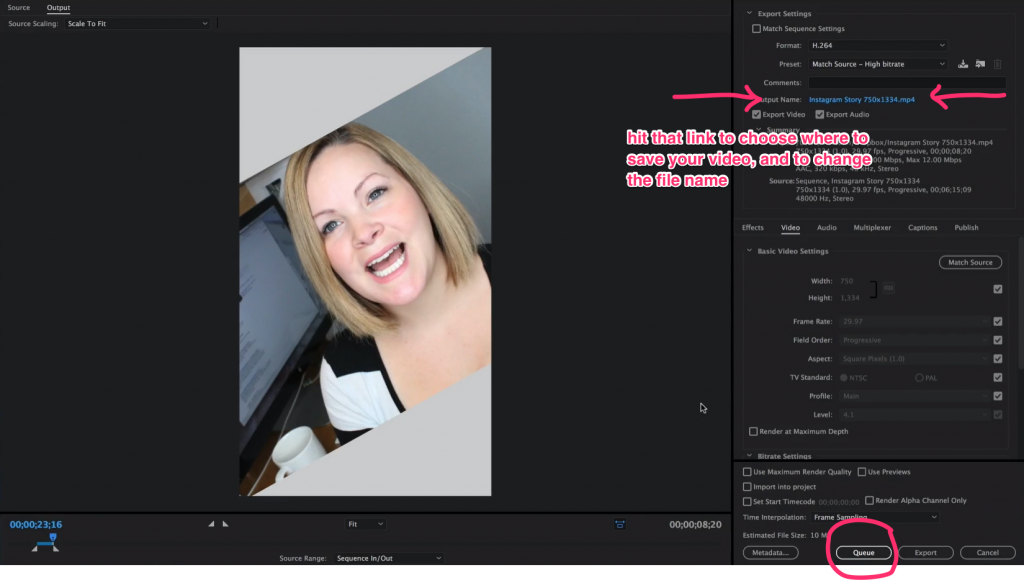

If you’d like to create a differently encoded video on your own, like an H264 MP4, leave this box unchecked.Įnable Breakout to Mono unless your audio engineer requests otherwise.Įnabling Render Audio Effects will permanently bake in any Premiere effects like EQ or Reverb. If enabled, Premiere will export an MXF video file next to the AAF, which could then be loaded into Pro Tools or another DAW. The parameters and their various options can be a little intimidating, but we’re going to break them down for you here and help you optimize your export.ĭecide if you want to mixdown a video for reference using the AAF dialog.


Next, set your in and out points that you’ll use for both this export and the video reference file. If you want to keep some disabled audio clips in your timeline but don’t want to send them to an audio engineer, consider duplicating your sequence before cleaning it. Delete any extraneous clips from your timeline in order to reduce both file size and sources of confusion. Organize your audio into multiple tracks, separating by voiceover, dialogue, music, and sound effects. Part of a video editor’s responsibility is to maintain an efficient and intelligible workflow with collaborators. The following steps are for AAFs, but the process for exporting an OMF, EDL, or XML in Premiere is nearly identical. OMF, although being slowly phased out, is still the most compatible file type between all systems and is a good option if you are running into issues or just aren’t sure what the audio engineer prefers. AAF is the successor to OMF, and has more features such as retaining volume automation and not restricting file size. The easiest way to ensure quality preservation and cross-platform compatibility is to package your audio files as an AAF (Advanced Authoring Format).


 0 kommentar(er)
0 kommentar(er)
